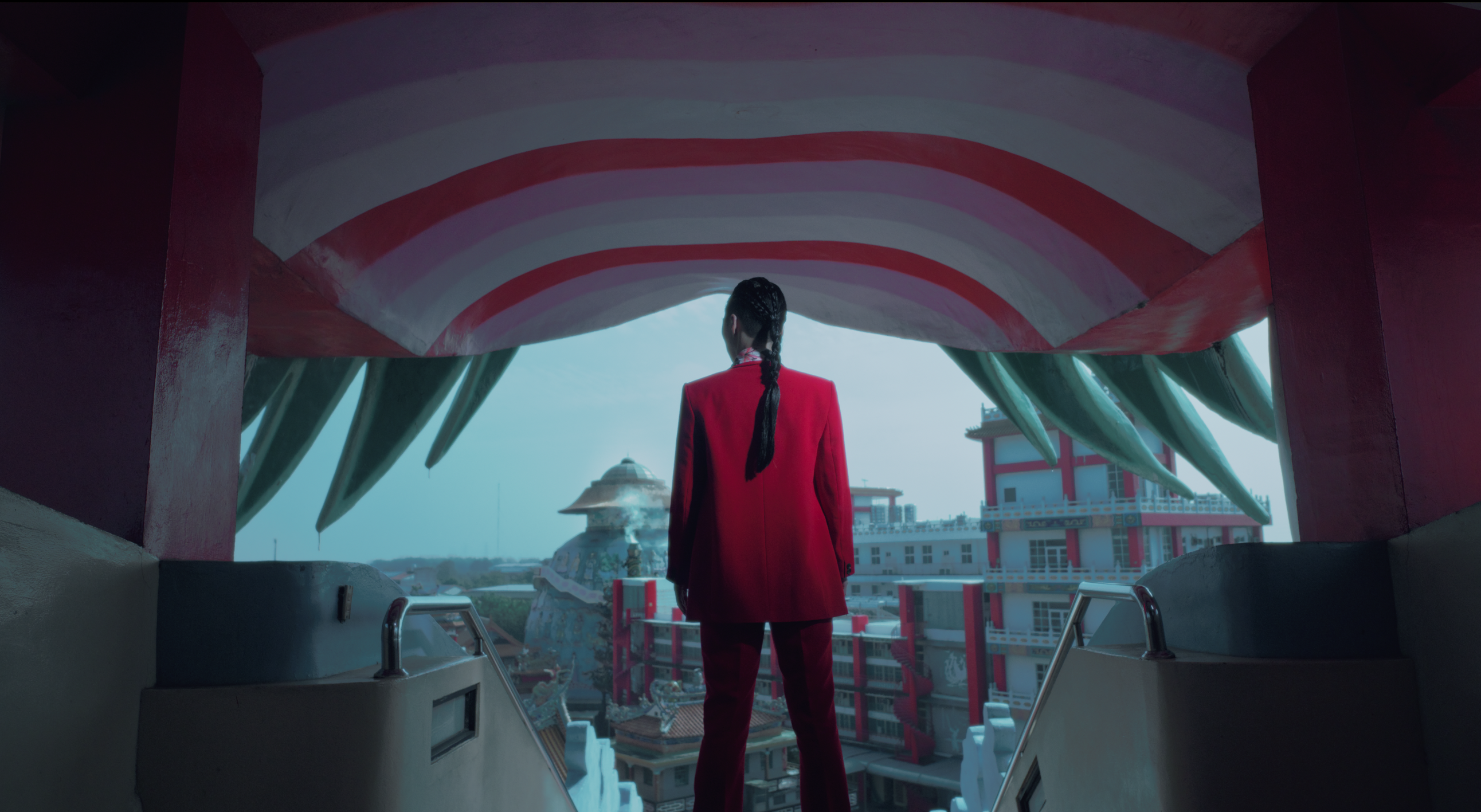
1972, Toffler
Multi channel installation, 2022
In recent years, Su has employed the approach of “re-shooting” as his method to create new works, which revisit past, unfinished, tabooed, and misunderstood figures, events, and things. Through his work, he is able to achieve new revelations or unveil active historical viewpoints. Sing Song-Yong, the researcher of the exhibition, thus comments on Su’s work in his essay written for the exhibition: “The key to the uniqueness of Su Hui-Yu’s work, in my opinion, lies undoubtedly in the fact that he acutely captures potential meanings of past cultural events in relation to his own generation, through which his works become bold statements about what has not been expressed in the past.” After being re-interpreted by Su and through his lens, a new life of controversial or seldom discussed works from past eras emerges.
The title of the exhibition is inspired by American futurologist Alvin Toffler’s book, Future Shock (1970), which was translated into Mandarin and published in 1972. In Su’s homonymous work, Future Shock of 2019, he utilizes the approach of re-shooting to re-interpret Toffler’s masterpiece, from which he applies keywords from new terms and notions proposed by Toffler to the narrative. Three years later, Su presents his latest work, Toffler, Oliver, and the Last Man on Earth, which continues the creative concept of re-shooting. However, different from the previous work that has a narrative based on chapters, the video work in 1972, Toffler is divided into several frames, combined with photographic works and sketches, which are shown in two gallery rooms. The images of the video show an endless road trip of the last survivor on Earth, accompanied by Oliver, a smart computer from the original book, invented as an aid to humanity. The labyrinthian style of visual expression prompts the audience to piece together the otherwise fragmented images by themselves, allowing them to choose their own viewing angle to approach and understand the work.